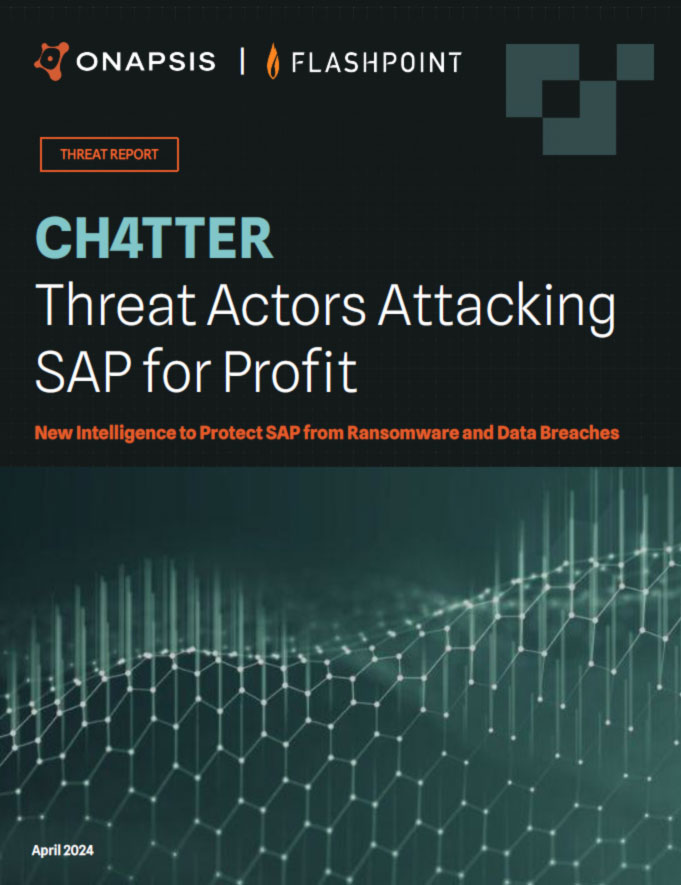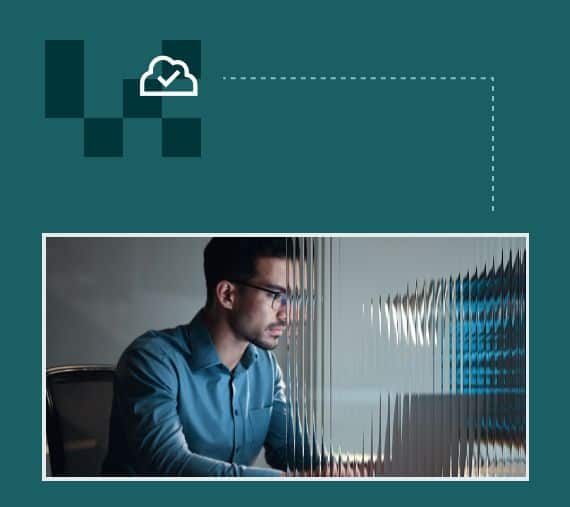Businesses are increasingly turning to cloud solutions to streamline operations and improve efficiencies. One such solution is SAP Cloud, which offers a range of enterprise applications and services to help businesses grow and scale. However, with the benefits of cloud computing come security concerns, and it is essential for businesses to understand how to optimize SAP Cloud security to protect their valuable data and assets.
SAP Cloud security refers to the measures put in place to protect data and applications hosted in SAP Cloud environments. SAP Cloud provides a range of security features, including user authentication and authorization, encryption, access controls, monitoring, as well as some built-in compliance features. These features help ensure that only authorized.






